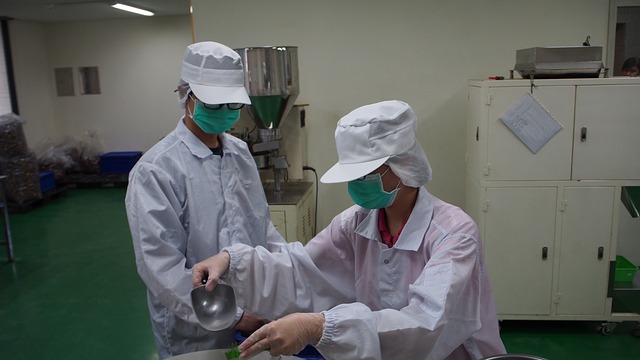Employees who work in the food manufacturing and processing industries need proper personal protective equipment (PPE). As with other industries, PPE is used to protect employees against injuries, but for the food industry, it is also designed and used to reduce the risk of food contamination.
When selecting PPE for your workers, you need to consider specific contamination and safety risks, such as risk of abrasions, punctures, cuts, flash fires, and cryogenic hazards, based on the employee’s specific roles and duties.
The proximity to food requires prioritization of high standards of hygiene for all employees, as well as protection against individual risks based on setting. For instance, those working in commercial kitchens with high temperatures need loose and light apparel. On the other hand, those working in cold rooms need heavier outfits.
Factors to Consider When Selecting PPE in the Food Industry
Following are key factors to consider as you investigate apparel to keep your company’s employees safe and comfortable.
Effectiveness and Cost. Consider the quality standards you need to meet and the tear resistance of the material. Choosing one-time use or disposable apparel might seem expensive, but laundering of reusable gear can make the material more prone to wear and tear, thus lowering its effectiveness. Going for the lowest quality items to minimize costs can end up being more expensive. Therefore, you need to set your quality standards first to ensure the effectiveness of the PPEs.
Fit and Comfort. One of the factors that employers tend to overlook when shopping for their employees’ PPE is fit and comfort. Food industry workers operate several machines and stand for many hours. Inappropriate sizing makes the employee uncomfortable, resulting in less productivity. In addition, baggy or oversized gear may get caught in machinery or pose a fire risk if used near ovens or other high-heat areas.
Types of PPE for Food Safety
Several types of PPE are required in the food industry. Including gloves to prevent contamination, work shoes, facemasks, and aprons.
While face masks might not fully prevent inhalation of particles, they do prevent large respiratory drops from worker’s mouths and noses from coming into contact with food, thus preventing food contamination. Workers exposed to dangerous inhalants may require respirators to prevent illness.
The food industry involves a lot of movement. It also involves working with sharp objects such as knives. Good quality work shoes are required to protect your employee’s feet against cuts and other injuries. In addition, in a RTE environment, captive footwear programs reduce the risk of cross contamination. Employees also need anti-slip shoes to protect you against slips and falls.
The first step in determining your PPE needs is to conduct a hazards assessment of your work environment, and then match the needed PPE for each environment.
Latest Fashion Trends for Protective Apparel in the Food Industry
Fashion trends change in the clothing industry, and PPEs are no exception. Some of the recent trends in the food industry protective apparel include:
Lightweight apparel. At one time, it was believed that protective apparel should be heavy. But as textiles evolve and employee comfort and need for agility became greater concerns, apparel manufacturers and designers have learned how to combine thinner and lighter materials that provide the same protection as their older, heavier counterparts.
Need for higher level protection. The COVID-19 pandemic created a greater awareness of the importance of proper PPE, which led companies to seek PPE that that offers higher than the standard protection to protect their employees and food products.
Online presence. The growth of the Internet and e-commerce means many PPE users are increasingly relying on digital/e-commerce sites to evaluate and purchase PPE.
The food industry depends on multiple types of PPE to protect its workers as well as the products they make. When investigating PPE for employees, companies need to consider not only employee safety and comfort, but also food safety and protection. This can make it more challenging to make the right decision. Nevertheless, there are federal regulations as well as industry-set standards to help you find the best quality apparel for maximum user protection as well as hygiene and comfort.







